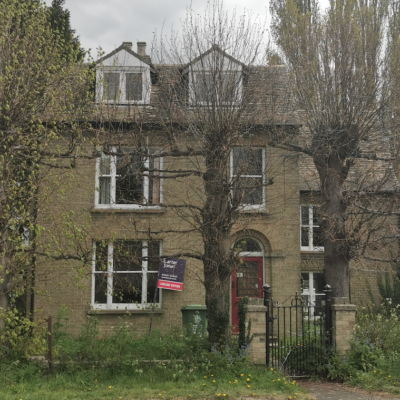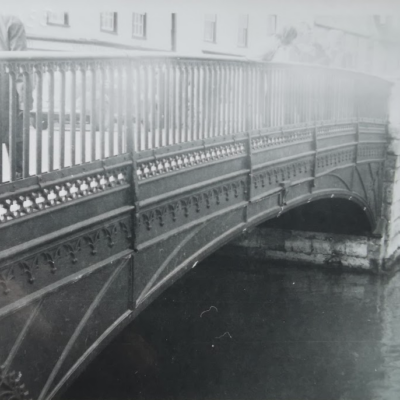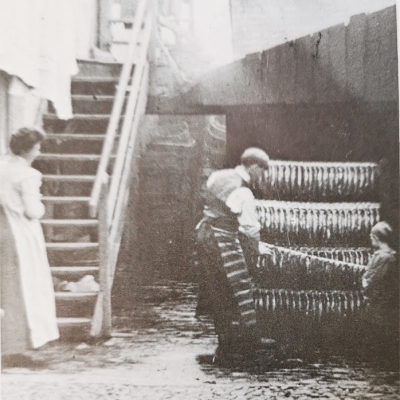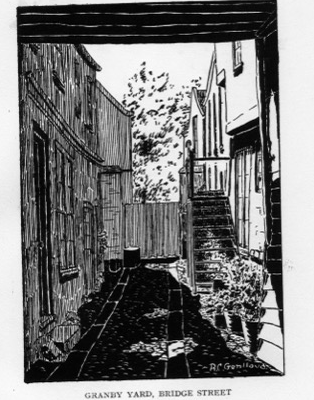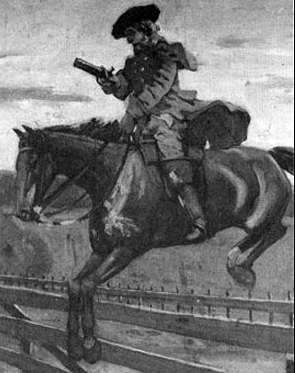Search by topic
- archaeology
- architecture
- bricklayer
- Building of Local Interest
- carpenter
- church
- crime
- dressmaker
- fire
- Great Eastern Railway
- listed building
- medieval
- oral history
- Public House
- Rattee & Kett
- Religious House
- Roman
- scholar
- school
- Then and Now
- tudor
- women
- work
- world war one
- world war two
Search by text
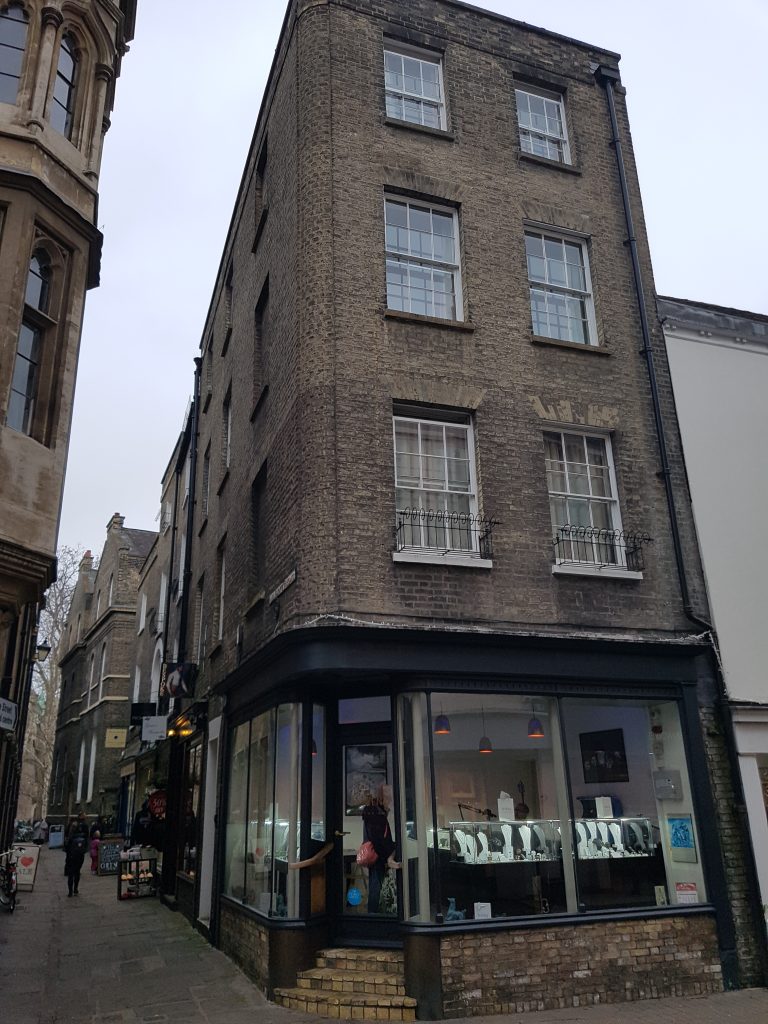
73 Bridge Street
A Lost Cambridge Bookshop
One hundred years ago, in 1919, a small bookshop opened at 73 Bridge Street, Cambridge. Webb & Brown was started by Frederick Webb and his partner Bill Brown. Most details of the business are lost in the mists of time but Frederick’s grandson, Robert Webb, was able to find out a bit about the shop – short lived and now long forgotten even in this city of booksellers.
Frederick George Henry Webb was born in 1889, the eldest son of a Romsey Town railway man. From the early 1900s he lived at 82 Ainsworth Street, a terrace of railway cottages off Mill Road. After leaving school, probably in about 1903, Fred worked for George Peck, chemists, in Trumpington Street.
Fred was working as a bookseller’s assistant when the 1911 census was taken and he put down Bowes & Bowes bookshop in Trinity Street as his employer when he enlisted in the Royal Army Medical Corps in 1914.
In March 1919 Fred was demobilised and returned from frontline duties and took the brave step of opening his own shop, in partnership with a young man, Bill Brown, whom he most likely met in the army or at Bowes.
Bill’s prior connection with bookselling, if any, isn’t known. When he was young, his father had run university lodgings at 30 Sidney Street. These premises were shared, at ground level at least, with the booksellers Galloway & Porter, established on this site at the turn of the century.
By 1914 the Browns were living and running student apartments at 19–21 Trinity Street, above Matthews grocery department store (now the site of Heffers bookshop). Next door was Ransom & Son, tobacconist and university gown outfitters, and two doors down at number 24, opposite Trinity College, was W. Tomlin & Son, another long-established university bookseller who also had a branch at 73 Bridge Street, on the corner of All Saints Passage.
Tomlin’s closed their Bridge Street branch during the First World War and then in the second half of 1919 Webb & Brown, ‘booksellers, newsagents and stationers’ opened their doors at 73 Bridge Street.
Trading at Bridge Street must have gone well as after a couple of years Webb & Brown expanded. When a ladies’ hairdressers vacated two doors down in All Saints Passage, so they acquired a second lease and by 1922 Webb & Brown was listed in Cambridge Kelly’s street directory at both 73 Bridge Street and 6 All Saints Passage. This expansion seemed to herald their undoing.
Webb & Brown had vacated 73 Bridge Street by October 1925. The last entry for the business is in Spalding’s street directory of Cambridge for 1926–27, at 6 All Saints Passage. On the 1927 electoral register 73 Bridge Street is an ironmonger and 6 All Saints Passage was apparently unoccupied.
In 1939 Bill Brown was listed as a despatch manager at a department store – probably Robert Sayle (now John Lewis). He died at Chesterton Hospital in 1965.
Fred abandoned bookselling and stationery altogether and took work as a door-to-door salesman for Betterwear. This was the well-known ‘brush manufacturers’, whose Cambridge office in 1938 was at 7 Downing Street. Based at Romford, Essex, the Betterwear company (renamed Betterware in 1970) was founded in 1928 and the smartly dressed Betterwear man with his brown suitcase, visiting door to door selling brushes and other household products, was soon a popular figure on Britain’s residential streets.
Read the full details of Robert’s investigations into his grandfathers life (of which the above contains just excerpts) at:
https://hidingundercovrs.blogspot.com/2019/11/a-lost-cambridge-bookshop.html
Fred lived with his second wife Ethel at 56 Rustat Road.
Census Results
1861
George Mutton, 43, hair cutter and jeweller, b Huntingdon
1913
William Tomlin and Son, booksellers
Miss Wright, lodging house keeper
1962-1970
E P Hawkins, confectioners
Cambridge Building Society
Contribute
Do you have any information about the people or places in this article? If so, then please let us know using the Contact page or by emailing capturingcambridge@
License
This work is licensed under CC BY-NC-SA 4.0









